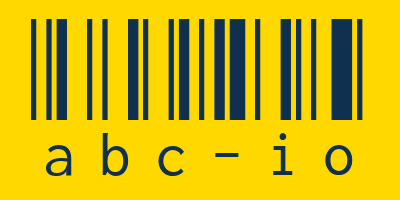
- OpenAI has released the Sora 2 AI video generation model and a new app to support it
- The model offers advanced features, including synced audio and more accurate physics
- The Sora app features an opt-in “cameo” tool, allowing you to insert your face and voice into AI-generated clips
OpenAI has released the highly anticipated Sora 2 AI video creation model, introducing it alongside an unexpected new invite-only iOS app. Sora 2 is a step above its earlier iteration, most notably with the new “cameo” feature that lets you inject your likeness and voice into any Sora production.
Sora 2 is a striking achievement in terms of realism and audio links, based on the demonstrations. It also offers some fine-tuning controls that keep the videos closer to what the users envision. It helps that Sora 2 can’t be as easily tricked into warping physics as its predecessor and that it sustains environmental details across shots. Background sound and dialogue are synced instead of floating arbitrarily.
If Sora was made to prove OpenAI could make an AI video generator, the company sees Sora 2 as a way to show off some use cases through social networks. That’s why Sora 2 is also an app.
The Sora app goes for an almost TikTok-style interface, with a personalized feed, the chance to remix others’ videos, and to make your own using text prompts and pre-existing styles. And the movies can star you, if you upload a short video of you moving and talking as a template. Friends can invite each other into scenes and collaborate, but only with permission. All videos that feature you are visible to you, and access can be revoked or limited at any time.
OpenAI is clearly aware of the sensitivities involved. Deepfakes, impersonation, and visual disinformation are not theoretical risks; they’re already part of the online ecosystem. So Sora’s cameo system requires explicit opt-in, identity verification, and end-to-end visibility for users.
There are controls for parents, moderators to review flagged content, and usage limits for teenagers. Cameos of minors have extra restrictions. The system also limits generation per day for younger users to reduce compulsive behavior.
Sora 2’s movie mission
After so long behind professional restrictions, it’s quite a shift for OpenAI to lean into social media as a way of enticing Sora 2 users. But the competition has never been more intense, so it makes sense in some ways. Whether Google’s Veo models, Runway’s latest streamlined video maker, or Meta’s Vibes, there are a lot of options for AI video creation. That may be why OpenAI is now seeking not only those looking to make a short film with no money, but also people who want to make a fun video where they can fly.
This focus on casual, remixable creativity feels more like the early days of Vine or Snapchat than the next Netflix. And if Sora 2 can make AI video sharing as easy and common as the non-AI version, it might become as much a part of the background of social media (for better, and often worse) as AI-generated images. You won’t be impressed that your friend sent you a Sora clip with both of you as adventurers in a cave. You’ll wonder why they didn’t add a punchline.











Add Comment